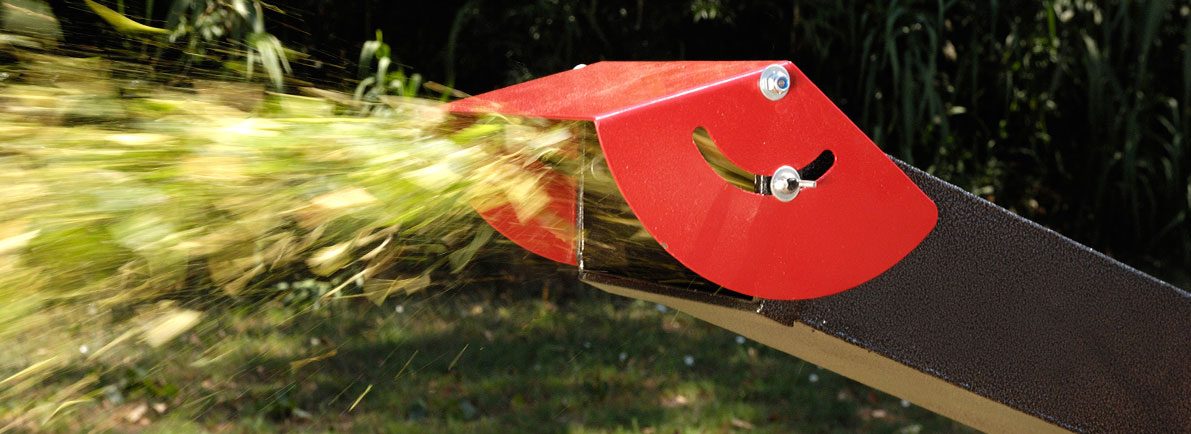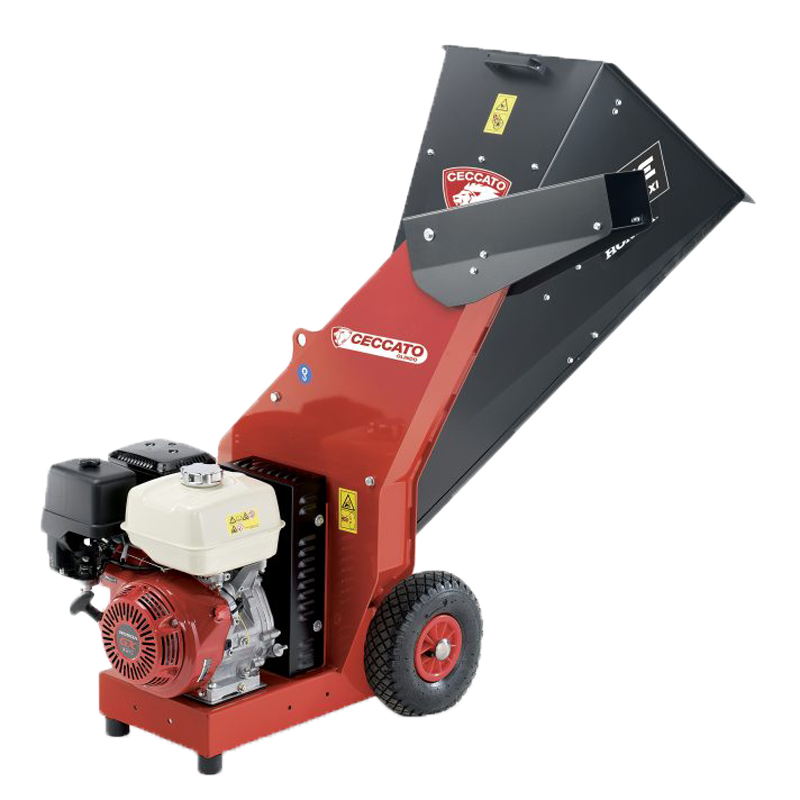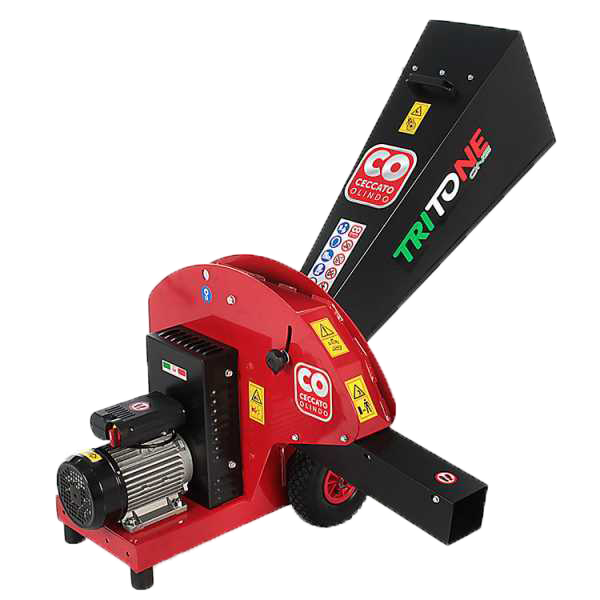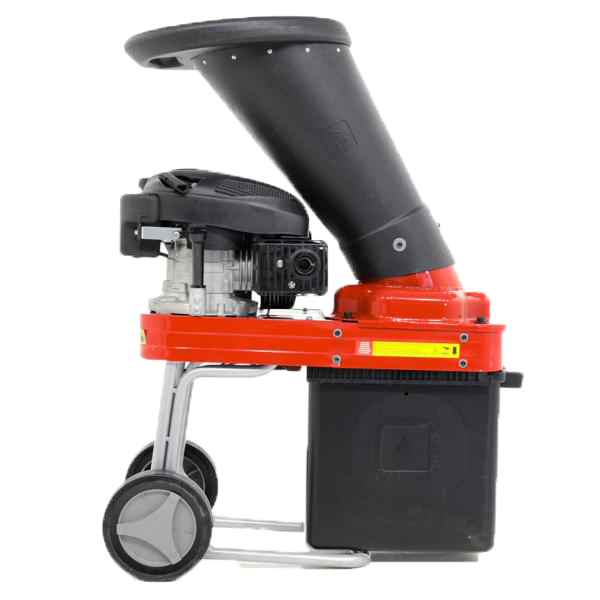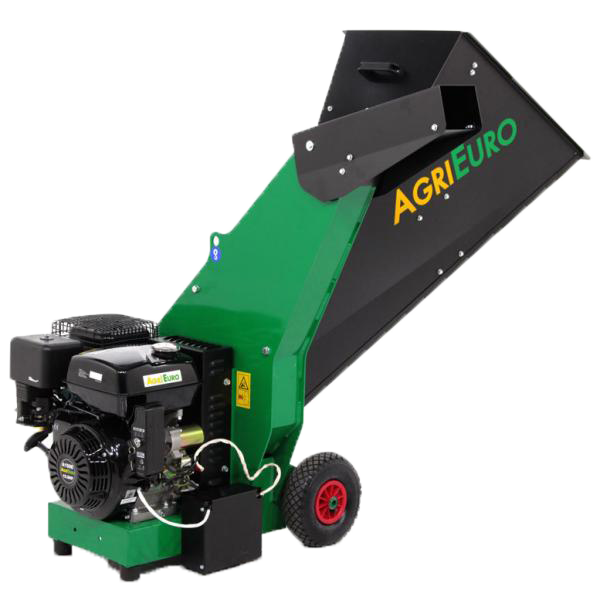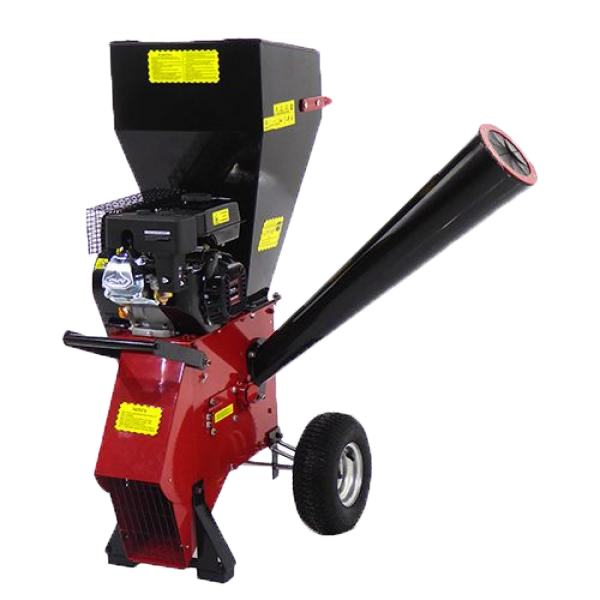A comprehensive guide to purchasing the best shredder, a tool that has become essential for your garden waste disposal.
The Complete Guide to help you choose the Best Garden Shredder
by the Real Experts of Wood Cutting Machinery
In the last few years, the garden shredder has gradually become an essential tool among wood cutting equipment. Whether for a hobby use, such as cleaning the home garden, or for the management of large agricultural land, the law no longer allows the ancient practice of brushwood burning. For reasons of fire safety and pollution, this old habit would lead to civil and criminal penalties. Materials such as branches, brushwood and pruning residues must therefore be disposed of, but carrying these masses of residues (often very large and voluminous) to an appropriate recycling depot can be a very difficult and demanding task. Choosing the best garden shredder is no easy task, but with this purchasing guide we will try to make your decision easier. The garden shredder allows to grind prunings by minimising the volume of this waste material, a process which has 3 advantages:
- save time and costs of transporting pruning waste
- produce raw material that can be used to fertilise plants in gardens and vegetable plots (e.g. by composting)
- producing energy through self-production of wood pellets at home (using a special machine: the wood pellet mill).
CONTENTS
1. Tips on use and materials that can be ground with a garden shredder
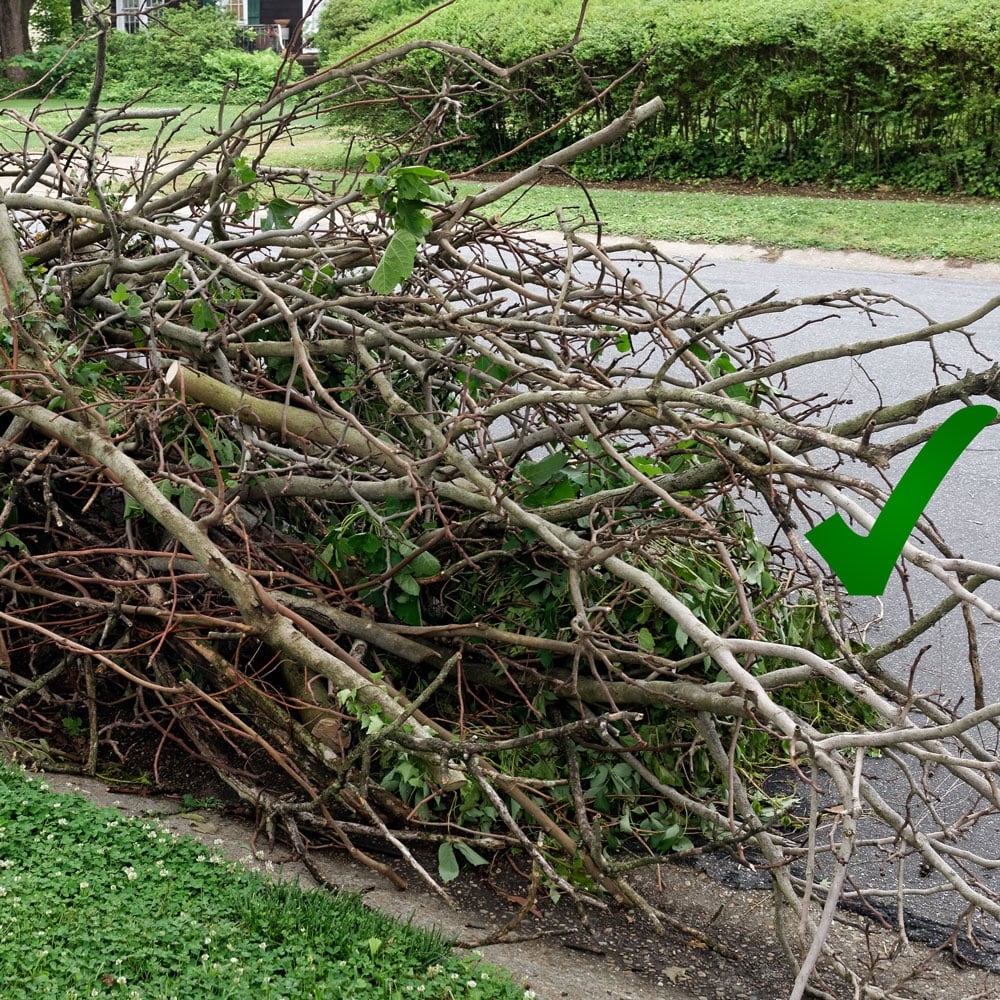
1.1 Tip no. 1: only grind fresh, green wood
It should be borne in mind that garden shredders, regardless of the type of power supply and power performance, can only process green wood branches. In fact, their structure is designed to process “JUST PRUNED” wood, i.e. recently cut from the tree. The dry wood, if repeatedly ground, would damage the blades and hammers that make up the cutting system, or at least cause them to wear out quickly, thus compromising the sharpness of the blades and consequently the cutting capacity of the garden shredder.
1.2 Tip no. 2: unsuitable for leaves and needles
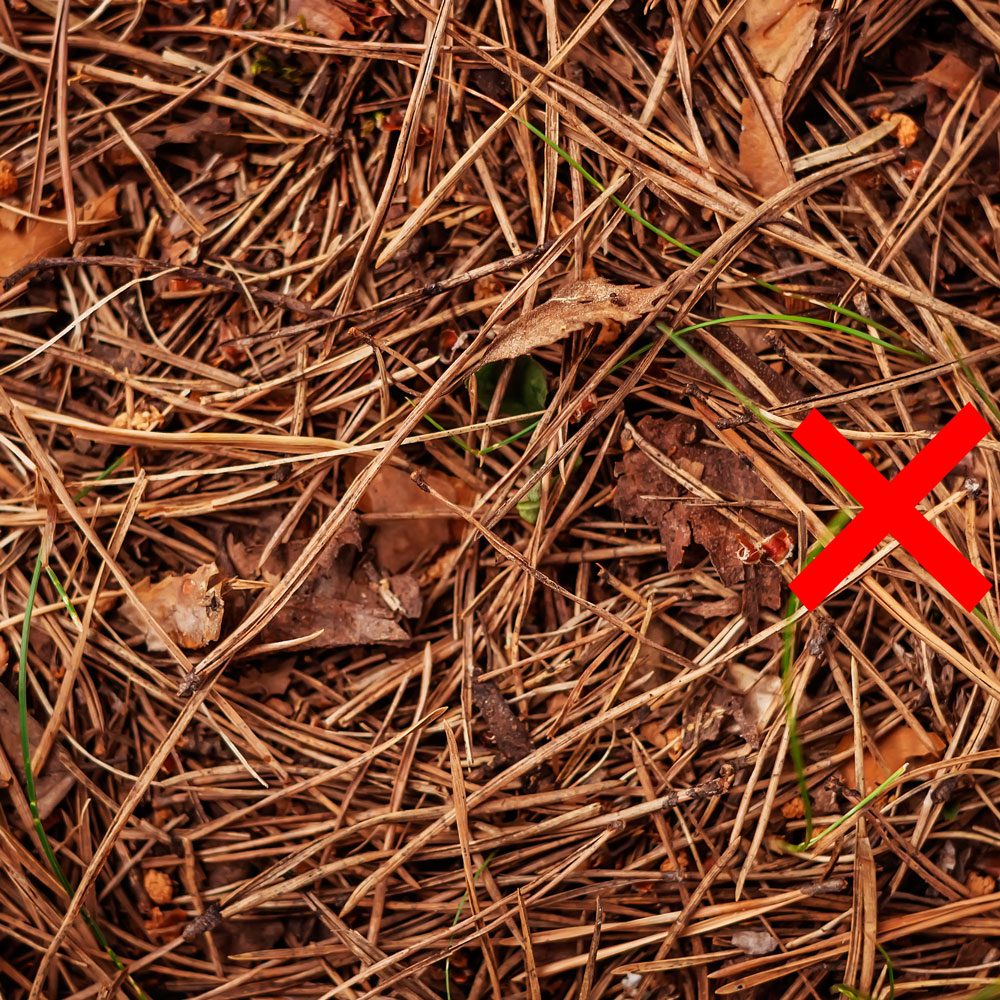
Another feature that must be taken into account and which is common to all types of garden shredders is the impossibility of shredding leaves and needles. The foliage can only be put inside the shredder and consequently ground if it is attached to the branch.
All the internal cutting apparatus of the garden shredder, although with some differences between the models, feature feeding rollers. The branch is dragged inwards through the rollers or blades, taking advantage of the feeding rollers, that can easily process branches with a more elongated shape.
If, on the other hand, we only put piles of leaves into the garden shredder to be ground, they would inevitably clog the hopper in the lower, narrower funnel-shaped part, eliminating the effect of gravity due to their extremely limited mass and great bulkiness. The exact same operation applies to pine needles and other similar plants.
1.3 Tip no. 3: palm leaves and prickly pears

Palm leaves/branches, due to the extremely fibrous nature of these plants, are probably one of the most difficult textures to grind even for the most performing garden shredder. Palm leaves are extremely flexible and resistant and this can lead to clogging of the machine when shredding. Similarly, excessively moist residues, such as prickly pears or aloe, can cause clogging or problems with the expulsion nozzle. This material could stick to the walls during the grinding process, preventing the shredded material from being expelled properly. These difficulties are particularly noticeable in all hobby-level garden shredders, which are therefore not at all suitable for grinding these types of material. Heavy-duty garden shredders are more suitable for particularly difficult works such as those described above, as they are powered by an petrol engine or an agricultural tractor’s PTO (electric models, on the other hand, are less recommended due to their limited power). These heavy-duty models should feature a high speed, extremely robust and sharp blades, and a particularly large shredding chamber so that the ground material is disposed of efficiently and the machine does not clog up.
2. Types of garden shredders
Which one to choose? Garden shredders can be divided into three large families according to the power supply of the engine they are fitted with:
- Garden shredders with electric motor
- Garden shredders with petrol engine
- Garden shredders with tractor linkage
2.1 Garden shredders with electric motor
Electric garden shredders are undoubtedly the most popular and widespread types for “domestic” use, due mainly to the prices of the range, which can also be very low (starting at around € 100).
However, because of their heavy workload, they need a good supply of electricity, so a 3 kW power supply is often necessary for them to operate properly. In addition, it would be advisable not to use these tools too far from a house because, if they are connected to an extension cable, this must not exceed a maximum of 20-25 metres so as not to cause the electric motor to overheat (excessively long cables create a current leakage, which means that less current reaches the motor, causing it to overheat and, in the worst cases, be damaged). If an extension cord of the above length is used, it is advisable to also select a minimum copper diameter of 2.5 mm for the electrical wires.
These machines are called ELECTRIC GARDEN SHREDDERS FOR DOMESTIC USE , and are characterised by:
- single-phase brush motor
- Plastic structure
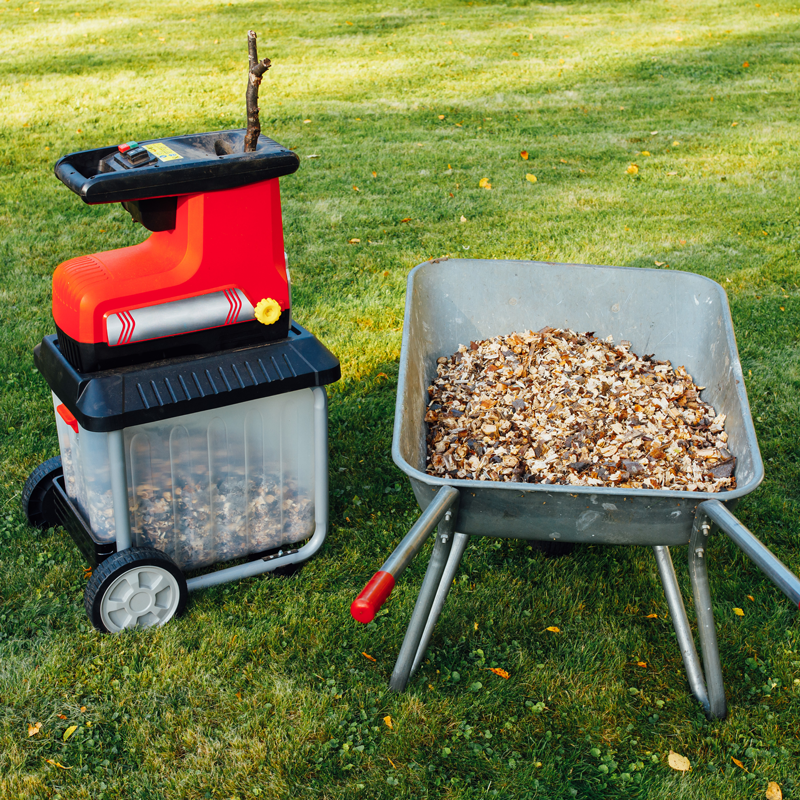
They are suitable for a hobby-use at home and for garden cleaning. They are undoubtedly the most popular because of their features and very affordable price (about 100 to 300 euros) and they meet the needs of a very wide number of users. These machines are designed for use in small to medium sized gardens and therefore are able to dispose of moderate amounts of waste at a hobby level.
The diameter of the branches they manage to shred can be quite significant, even around 40-45 mm, but there is a limit to the quantity. Branches of this diameter must in fact be the exception, as the structure, mechanics and motorisation of these gardening equipment do not allow prolonged processing of this type of large-diameter material.
We can also distinguish two different types of configuration/equipment:
- electric garden shredders for domestic use without collection basket
- electric garden shredders for domestic use with built-in collection basket
With the same level of functionality, the difference between the two types lies in the fact that the models equipped with an external collection basket, which eventually provide for the shredded material to be already collected and stored, prove to be more practical than those not featuring a collector that must therefore expel the shredded material and leave it on the ground or place it in a different container applied near the discharge chute of the garden shredder.
HEAVY-DUTY ELECTRIC GARDEN SHREDDERS, on the other hand, are characterized by:
- Long-life heavy-duty induction electric motors (both single-phase and three-phase)
- Structure entirely made of steel
- Large internal grinding rotor (in some cases up to 5-6 times larger than hobby-range models)
- Oversized large hopper (very long and with a very large mouth, capable of containing larger and more voluminous branches, or several smaller branches at once)
- Much higher hourly output than hobby models
- Cutting diameter (which can go up to 50 mm in some cases, allowing for more continuous grinding of branches of this size)
In general, these shredders are far superior in performance to hobby electric models in every respect. Thanks also to induction motors, which have a much higher effective power development than brush motors, but above all a much longer life span than the latter, making them suitable for intense and prolonged work sessions. The same can be said for the steel structure, which gives it an unmatched robustness and durability.
Ease of use thanks to the large loading hoppers, which also allows high productivity in the case of more intensive and prolonged use.
These machines are therefore intended for the most demanding user, who needs more performing models for shredding operations that often include larger diameter branches in large gardens or even in the countryside for more strictly agricultural work (grinding prunings from olive groves, orchards, vineyards and other waste).
The cost of the machines in this category is quite different, and in some cases can go up to as much as €1000, but their remarkable performance, efficiency and practicality are certainly worth it.
Some of the best models in this category can also be used for the production of wood chips that can then be processed as pellets with a wood pellet machine.
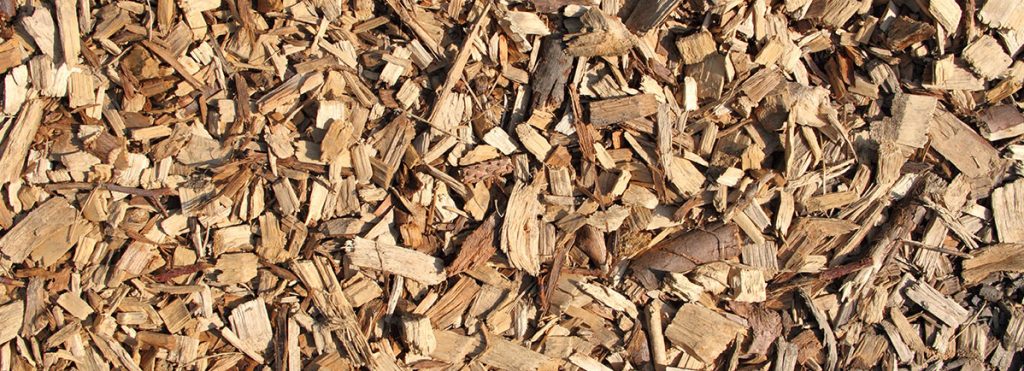
2.2 Petrol Garden Shredder
Petrol garden shredders often qualify as professional-grade machines due to their steel construction and powerful engine. There are two main reasons for using petrol garden shredders:
- To carry out more demanding work (than those usually done with electric garden shredders), both in terms of the size of the material to be shredded and the quantity.
- The possibility of working in total autonomy, and therefore to operate them everywhere. No need to have an electric power source, tractor or two-wheel tractor at hand.
Noise, smoke emissions (nowadays limited on the latest generation of engines) and weight are factors that might make them a little less suitable for a domestic work environment, but these very characteristics also partly certify their robustness and power as well as their greater suitability for agricultural work.
It is precisely this type of garden shredder the best suited to transforming processing waste into wood pellets. A good garden shredder with a sieve of 8 mm can provide for a good quality of wood chips. We will address this topic in more detail later in a dedicated section.
PETROL GARDEN SHREDDER FOR DOMESTIC USE are characterized by:
- low-power motor (4 to 7 HP)
- lighter plastic and steel structure
- medium-small hopper
- grinding rotor with lighter structure
- equipment with collection basket (most of the time)
They are suitable for domestic cleaning of one’s private garden. They are undoubtedly the most popular because of their features and very affordable price (about €300 to €600) and they meet the needs of a very wide number of users. These machines are designed for use in small to medium sized gardens and therefore are capable of disposing of moderate amounts of waste at a hobby level.
The diameter of the branches they manage to shred can be quite significant, even around 40-45 mm, but there is a limit to the quantity. Branches of this diameter must in fact be the exception, as the structure, mechanics and motorisation of these gardening equipment do not allow prolonged processing of this type of large-diameter material.
HEAVY-DUTY PETROL GARDEN SHREDDER, instead, are characterized by:
- Professional petrol engines (Honda, Briggs & Stratton, Loncin, etc)
- Structure entirely made of steel
- Large internal grinding rotor (in some cases up to 5-6 times larger than hobby-range models)
- Oversized large hopper (very long and with a very large mouth, capable of containing larger and more voluminous branches, or several smaller branches at once)
- Much higher hourly output than hobby models
- Cutting diameter (which can go up to 80/120 mm in larger models, allowing for more continuous grinding of branches of this size)
In general, these garden shredders are far superior in performance to electric models in every respect. Thanks also to petrol engines, which have a much higher effective power development than electric motors, but above all a much longer life span than the latter, making them suitable for intense and prolonged work sessions. The same can be said for the steel structure, which gives it an unmatched robustness and durability. Outstanding ease of use thanks to the large loading hoppers, which also allows high productivity in the case of more intensive and continuous use.
These machines are therefore intended for the most demanding user, who needs more performing models for shredding operations that often include larger diameter branches in large gardens or even in the countryside for more strictly agricultural work (grinding prunings from olive groves, orchards, vineyards and other waste).
The cost of machines in this category is quite different, and can, in some cases, also exceed €2000.
2.3 Tractor-driven garden shredders
Tractor-driven garden shredders can develop a greater cutting capacity compared to all the other types, thanks to the linkage to the tractor, which has almost “unlimited” power if compared to the effective absorption of a garden shredder, whether small or large (the largest models can reach a maximum absorption of 30 HP).
These machines can process small logs or branches with a diameter of 5 to 10 cm (depending on the larger or smaller model of garden shredder), while larger and more heavy-duty models are able to shred real trunks, with diameters of up to 15 cm.
Due to its characteristics, the tractor-driven garden shredder qualifies as a tool fit for the agricultural world. Its structure and power, in fact, make it suitable for medium to large jobs.
There are two main reasons for using tractor-driven garden shredders:
- They can process large diameter trunks of up to 15 centimetres.
- Their mobility, once attached to the tractor they can be transported anywhere
Unlike other types of garden shredders, tractor-driven ones are heavy-duty-range only. Given their size and the need to attach them to a tractor, they turn out to be uncomfortable and not very functional for hobby or gardening work.
In fact, their high work capacity makes them more suitable for agricultural work.
3. The cutting systems
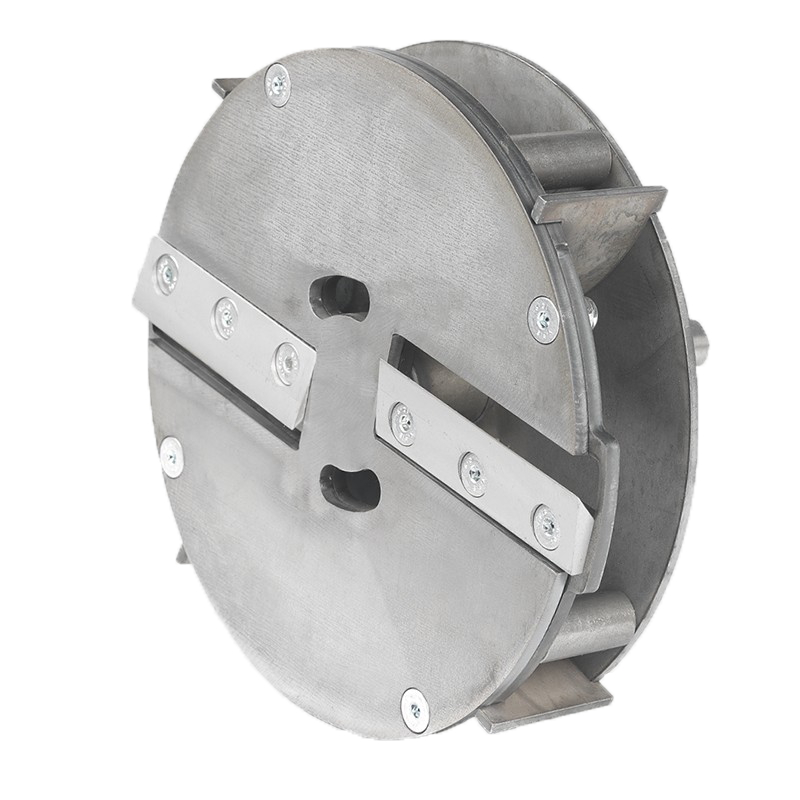
There are three types of garden shredders’ cutting systems:
- Disc with blades
- Disc with blades + free-swinging hammers
- Roller (or gear)
3.1 Disc with blades
The blade disc is a cutting system consisting of a steel disc on which knives or blades (usually two) are mounted. As it passes through the rotor blades, the material is shredded. This type of cut produces MEDIUM-sized wood chips (3/5 cm).
This is the simplest and most traditional cutting system mounted on garden shredders. It can be found on garden shredders of various types. It is very often fitted to low to medium range electric models intended for hobby use. This does not mean that it can not also be found in petrol or tractor-driven garden shredders, even very large ones.
3.2 Disc with blades and free-swinging hammers
The disc cutting system with blades and free-swinging hammers is the evolution of the disc cutting system with blades just described; it is a cutting system that refines the shredding of the material to be disposed of even more, because it carries out a double processing. In addition to the flywheel on which the blades that carry out the first shredding are mounted (see the description in the previous paragraph), the second processing is carried out by a series of powerful and sharp hammers that are positioned in the grinding chamber immediately behind the disc with blades. The pre-processed material from the latter passes through these hammers and gets literally centrifuged. This process gives a more homogeneous outcome, but above all, it produces SMALL-sized wood chips (2/3 cm).
There are some manufacturers of garden shredders equipped with the disc system with blades and free-swinging hammers that also combine an additional interchangeable sieve refiner system. These sieves, of different sizes, allow the garden shredder to further refine the material. The most common sieve refiners are with 15 and 10 mm holes to obtain wood chips of various sizes. In some cases, 8 mm sieves can also be found on garden shredders.
Precisely for this reason, garden shredders with discs equipped with blades and free-swinging hammers system, in combination with a sieve of the right size, can be used to produce wood chips of a suitable size for wood pellet mills, and make it possible to produce pellets at home.
3.3 Roller or gear
The roller is a coarser but more powerful cutting system. Thanks to the rollers, material larger than 10 cm in diameter can be easily shredded. The roller processes foliage and small material with difficulty, but can easily shred medium to large woody material. This type of cut produces LARGE-sized wood chips (4/5 cm).
4. Types of garden shredders according to the number of hoppers
- Double hopper
- Single hopper
When choosing a garden shredder, the presence of a double hopper could turn out to be an added value. At first glance, this feature might suggest a more complex product equipped with advanced, comprehensive functions. However, a deeper analysis reveals something else. In this type of garden shredders, one hopper is intended for processing wood material, which in some cases can also be small logs. The other hopper, instead, is used for processing small green or leafy material. This very separation makes these shredders less likely to be chosen by customers. Sorting one of the hoppers, which is necessary before starting the shredding process, makes the operator’s work more difficult and slower.
Exactly for this reason, models with a single hopper are becoming increasingly popular. The unified hopper has the advantage of eliminating the slow and demanding sorting operation. The operator can then proceed with the shredding process in a massive way and without separating the material.



